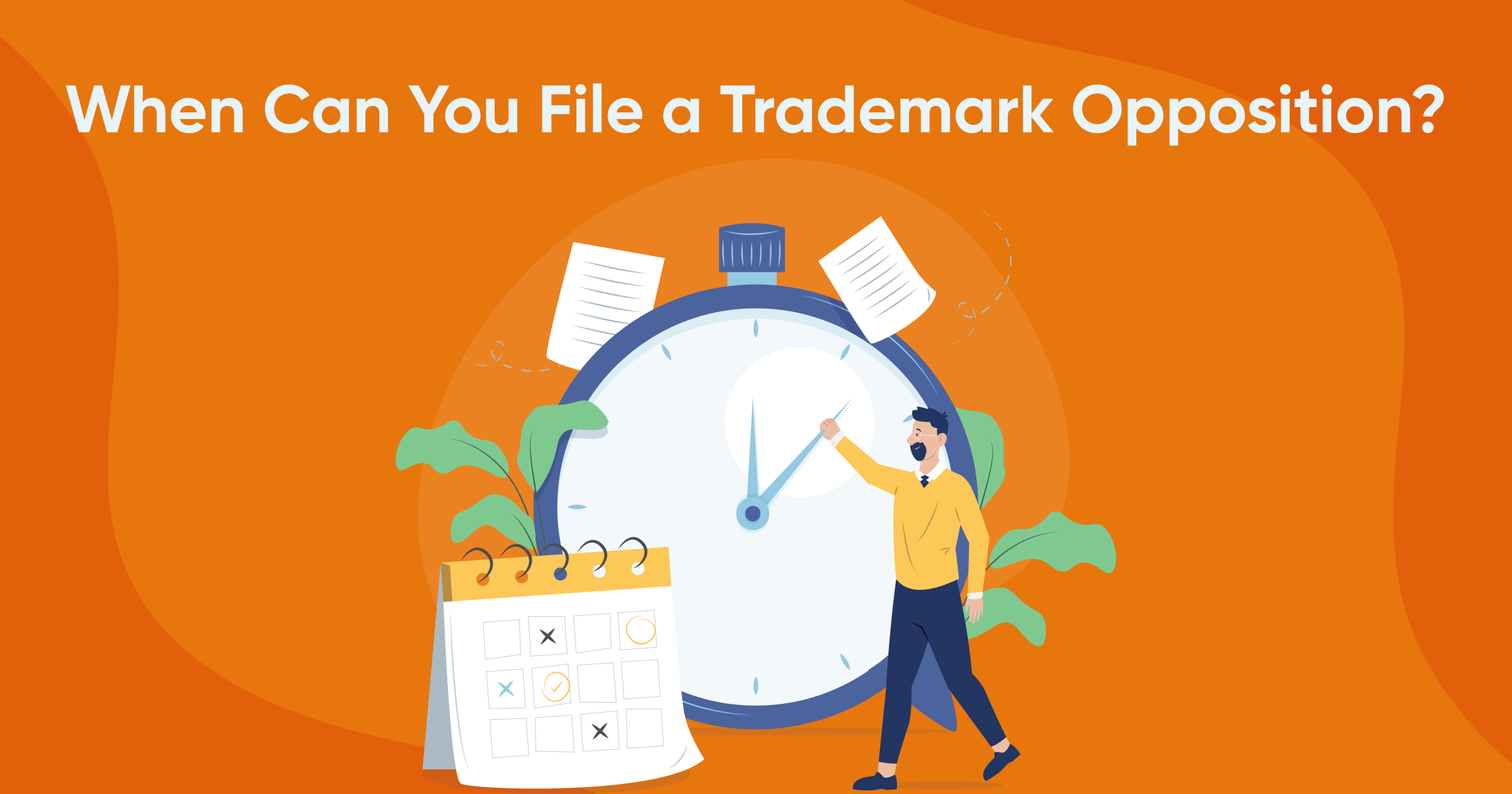Filing a trademark opposition is a crucial step in protecting your brand and intellectual property. It allows individuals or entities to challenge a trademark application before it gets registered, ensuring that conflicting or potentially damaging trademarks do not make their way into the marketplace. In this blog, we will explore the timeline, process, and significance of trademark opposition, with a specific focus on the Indian context.
Understanding Trademark Opposition
Trademark opposition is a formal objection raised by a third party against the registration of a trademark that has been published in the Trademark Journal. The opposition process provides a platform for concerned parties to voice their concerns if they believe a proposed trademark infringes on their rights or poses a risk to the public.
The Right Time to File a Trademark Opposition
In India, a trademark application undergoes several stages before registration. One of the key stages is the publication of the trademark in the Trademark Journal. This publication allows the public to review the application and file oppositions if necessary. Here’s when you can file an opposition:
- Within Four Months of Publication:
- The window to file a trademark opposition is four months from the date the trademark is published in the Trademark Journal. This is a non-extendable period, making it crucial for interested parties to act promptly.
- During the Opposition Period:
- The opposition can be filed any time within this four-month period. Waiting until the last moment could lead to procedural complications, so it’s advisable to act early.
Grounds for Filing a Trademark Opposition
Before filing an opposition, it’s important to determine whether your objection aligns with the legally recognized grounds. Common grounds for opposition include:
- Likelihood of Confusion: The proposed trademark is identical or deceptively similar to an existing trademark.
- Lack of Distinctiveness: The trademark lacks originality and is not capable of distinguishing the applicant’s goods or services.
- Descriptive or Generic Terms: The mark consists of terms that are generic, descriptive, or commonly used in trade.
- Contrary to Law: The trademark is prohibited under the Indian Trademarks Act, 1999.
- Bad Faith: The application was filed in bad faith, such as to exploit an existing brand’s reputation.
The Opposition Process with Trademarkia
- Filing the Opposition:
- Begin by reaching out to Trademarkia to review the trademark you wish to oppose. Trademarkia will assist you in preparing and filing a notice of opposition with the Registrar of Trademarks using Form TM-O, ensuring that all necessary details and evidence are included.
- Notifying the Applicant:
- Once the opposition is filed, Trademarkia ensures that the trademark applicant is notified promptly. The applicant is then required to submit a counter-statement within two months.
- Evidence Collection and Submission:
- Trademarkia helps both parties collect and organize relevant evidence. Their team will assist you in preparing affidavits, documents, and any other materials needed to support your claim.
- Representation at Hearings:
- Trademarkia’s legal experts represent you during the hearing process. They present your case, argue your points, and respond to the applicant’s claims, ensuring a professional and thorough representation.
- Decision and Follow-Up:
- After the hearing, the Registrar will deliver a decision. Trademarkia will keep you updated on the outcome and provide guidance on the next steps, whether it involves appealing the decision or proceeding with your trademark strategy.
- Filing the Opposition:
- A notice of opposition is filed with the Registrar of Trademarks using Form TM-O. This document should include detailed reasons for the opposition and relevant evidence.
- Counter-Statement by the Applicant:
- Once the opposition is filed, the trademark applicant is notified and given two months to submit a counter-statement. Failure to respond may result in the application being abandoned.
- Evidence Submission:
- Both parties have the opportunity to present evidence to support their claims. This involves submitting affidavits, documents, and other relevant materials.
- Hearing:
- A hearing is conducted where both parties can argue their case before the Registrar.
- Decision:
- After evaluating the evidence and arguments, the Registrar delivers a decision. If the opposition is upheld, the trademark application is rejected. If not, the trademark proceeds to registration.
Importance of Monitoring the Trademark Journal
Regular monitoring of the Trademark Journal is critical for identifying potentially conflicting trademarks. Businesses should establish a process to review newly published trademarks and act promptly if they find a trademark that could infringe on their rights.
Challenges in Filing a Trademark Opposition
While the opposition process is a valuable tool, it comes with its own set of challenges:
- Time-Sensitive Nature: Missing the four-month window eliminates the chance to oppose a trademark.
- Legal Complexities: The process involves intricate legal arguments and evidence submission.
- Costs Involved: While opposing a trademark is less expensive than litigation, it still requires financial investment.
- Burden of Proof: The opposing party must present compelling evidence to justify their claim.
Professional Assistance for Trademark Opposition
Given the complexities involved, seeking professional assistance can significantly enhance your chances of a successful opposition. Trademarkia can help streamline the process by providing comprehensive support in filing oppositions, drafting documents, and representing clients before the Registrar.
Why File a Trademark Opposition?
Filing a trademark opposition offers several benefits:
- Protecting Brand Identity: Prevents dilution of your brand’s distinctiveness.
- Avoiding Market Confusion: Ensures consumers are not misled by similar trademarks.
- Upholding Fair Competition: Deters malicious or opportunistic registrations.
Key Takeaways
- A trademark opposition can be filed within four months of the trademark’s publication in the Trademark Journal.
- Common grounds for opposition include similarity to existing trademarks, lack of distinctiveness, and bad faith.
- The process involves filing a notice of opposition, submitting evidence, and attending a hearing.
- Regular monitoring of the Trademark Journal is essential to identify conflicting trademarks.
- Professional guidance can simplify the process and improve your chances of success.
Final Thoughts
Protecting your intellectual property is crucial in today’s competitive marketplace. Trademark opposition serves as a proactive measure to safeguard your brand and maintain its integrity.
By acting promptly and seeking expert assistance like Trademarkia, can help you navigate the opposition process effectively and ensure your brand remains secure.







